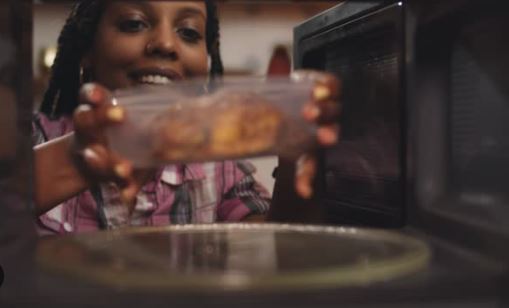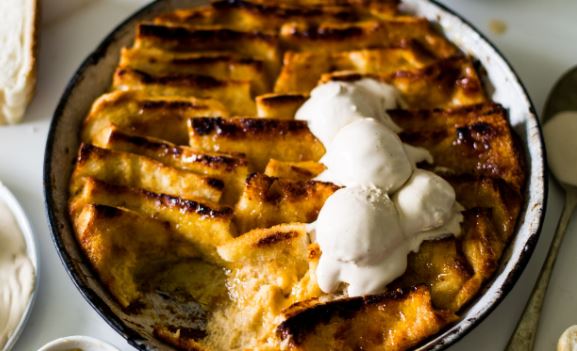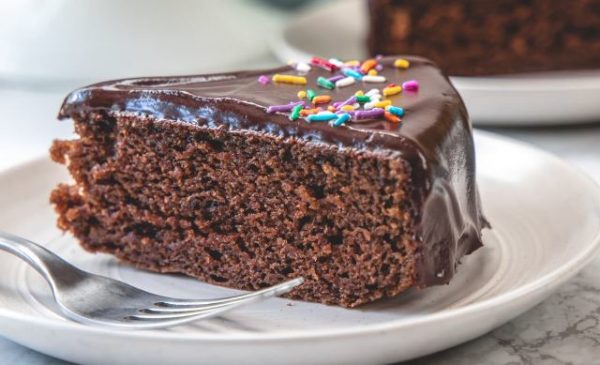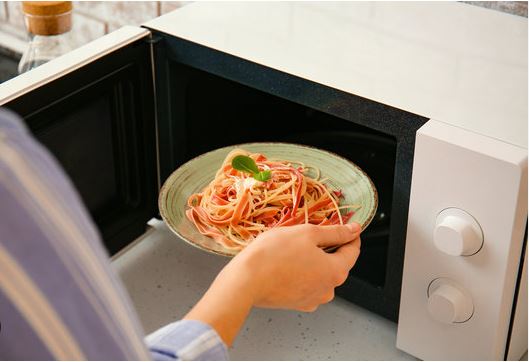Lifestyle
How to safely cook with a microwave

Whether you’re in a manic midweek rush or just don’t fancy slaving over a hot stove, the lure of a ready meal is sometimes too tempting to resist.
But why settle for peeling back the plastic from disappointing, pre-prepared dishes when you can quickly whip up a tastier alternative?
Read on for Jack’s top tips for making microwave meals with fresh ingredients and browse more of Jack Monroe recipes.
Getting to know your microwave
Jack says: ‘I first ventured into microwave cooking as my friends all gave up chocolate, wine and sugar for Lent, and, wanting to set myself a challenge, I promptly gave up my oven. I hunted in charity shops for battered copies of 1970s microwave cookbooks, and set about it with gusto. The little blue box in the corner of the kitchen, previously used only to revive forgotten cups of coffee, suddenly became a whole new challenge.
‘Like any new relationship, we had to learn each other’s quirks and foibles, and, many exploded eggs and soup volcanoes later, we were starting to understand each other. The response from my readers was phenomenal – grateful for quick and easy meals with little washing-up, portable jars of lunch to take to sparsely equipped office kitchens and on shift work, and awakening the sleeping boxes in the corners of kitchens up and down the country. Viva la microwave meals – with a difference.’
What are the benefits of using a microwave?
- Microwaves can can speed up cooking time significantly over most other methods.
- They are less energy intensive than ovens and hobs, so save on fuel costs.
- They also allow you to defrost food quickly and safely.
- If you have a digital microwave then this allows for precise cooking programme and time settings as well as variable heat settings on some machines.
- Finally, cooking in a microwave avoids burning or charring food which can often occur with oven cooking and frying.
- Food tends to retain more nutrients when cooked in the microwave because they are not destroyed by prolonged cooking.
What can I use a microwave for?
As well as cooking whole meals and reheating leftovers, microwaves have a multitude of handy uses which could save you time and effort in the kitchen:
- Softening onions
- Melting chocolate
- Reviving dried-up vanilla pods (just dampen with water and microwave for a few seconds)
- Melting butter
- Making rice pudding
- Getting the most from citrus fruits – pop a lemon in the microwave for 10-20 seconds before juicing it and much more liquid will come out
Top 10 tips for cooking in a microwave
1. Always avoid metal
Never ever put anything metal in the microwave. This includes foil, cutlery or any crockery with a metal trim. Metal reflects the microwaves and catches fire – it’s a common cause of kitchen fires, and kitchen fires quickly turn into house fires. If in doubt, leave it out.
2. Separate foods by cooking time
Larger, more dense foods like starchy vegetables and thicker meat cuts will need a longer cooking time than smaller foodstuffs. To avoid overcooking some foods and undercooking others, it makes sense to separate these out and starting with the larger items and adding in the smaller foods as you go so that everything is warmed up sufficiently for when you need it.
3. Cut up larger foods to speed up cooking time
Larger chunks of meat, or chunky veg such a potatoes will cook much faster if you chop them into smaller portions and strips before microwaving.
4. Arrange food properly on a microwave-safe surface
Find a microwave-safe dish or plate for cooking and spread the food out as evenly as possible in a single layer. As food around the outer edges of the dish will cook faster than the centre, try to arrange the thickest part of the food facing away from the centre of the dish if possible. Microwave-safe dishes should be labeled with an appropriate icon – however, glass and ceramic dishes are normally safe to microwave even if not labelled.
5. Cover with cling film
When cooking dishes with a high liquid content, such as pasta, rice or soups, cover with cling film and pierce to contain the liquid and allow the heat to escape – this prevents messy explosions. I stand anything like this in a bowl to catch any escaping liquid and keep the bottom of my microwave clean.
6. Don’t overfill your container
Liquid in the food can bubble up or splatter in the microwave, so either loosely cover what you’re heating with a microwave-safe plate or make sure it’s in a bowl big enough to allow for this. Some cooks also suggest putting the bowl or mug you’re cooking in on a second plate to catch anything that overflows.
7. Pierce for a perfect poach
For a perfect microwave-poached egg, crack it into a fat-bottomed mug, then pierce the yolk with a knife or fork – this is really important. The yolk cooks faster than the white, so leaving the membrane intact will cause your yolk to make a bid for freedom under the pressure. When pierced, cook it on medium for three 30-second bursts. If you’re cooking it with other food, you can use high, as the more things there are in a microwave, the less microwaves each one absorbs and the more gently everything cooks.
8. Clean up
In case of spills or dried-on food, simply place a slice of lemon in a bowl of water, and ping in the microwave for 30 seconds. Remove the lemon and rub it over any stains or baked-on residue to loosen it.
9. Stir food regularly for even heat distribution
Microwave cooking isn’t even, because it works by agitating the water molecules. These might not be evenly distributed within the food, so you need to cook food in shorter intervals and stir at least halfway through to make sure the heat can be spread around.
10. Don’t tuck in straight away
Microwaved food will continue to cook for a minute or so after the machine is turned off. So try to resist the temptation to eat straight away and let the food stand for a minute for the molecules to finish bouncing round.










